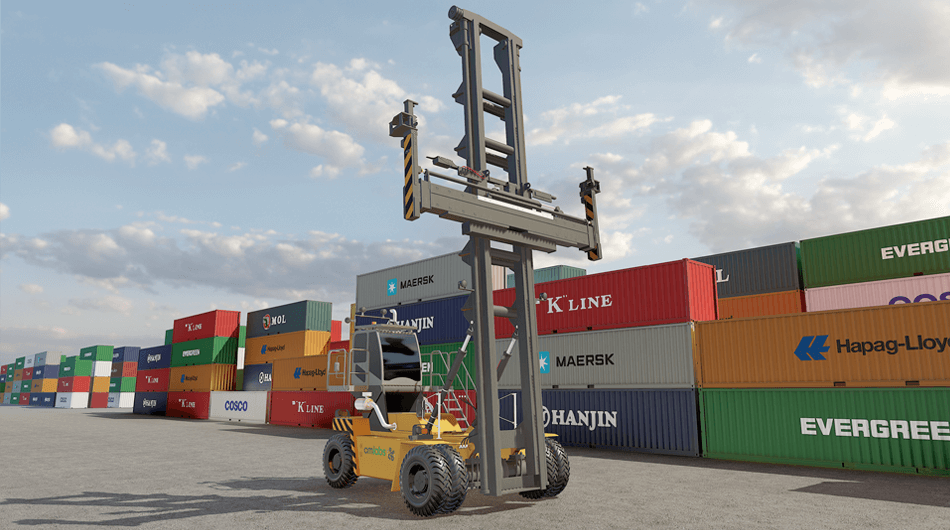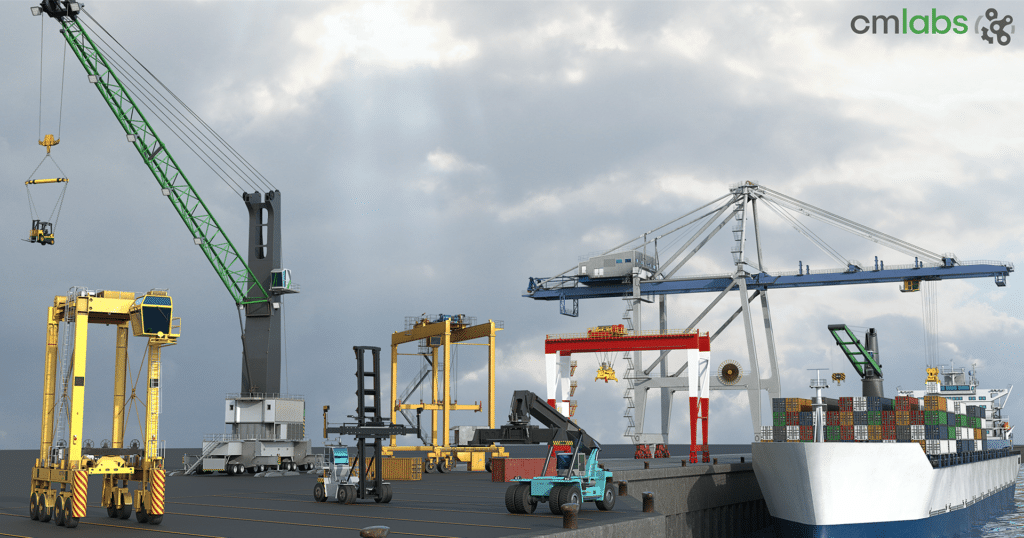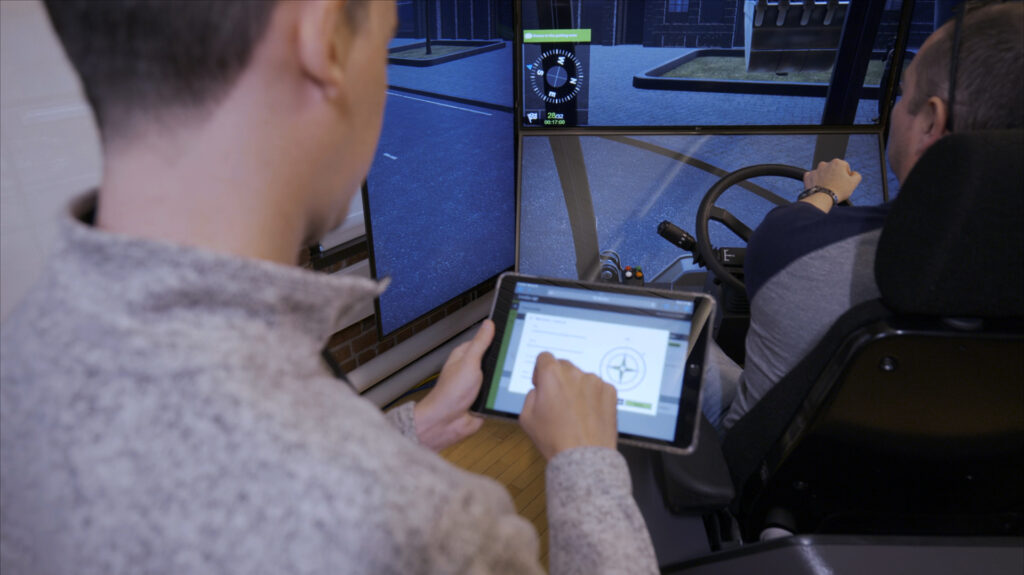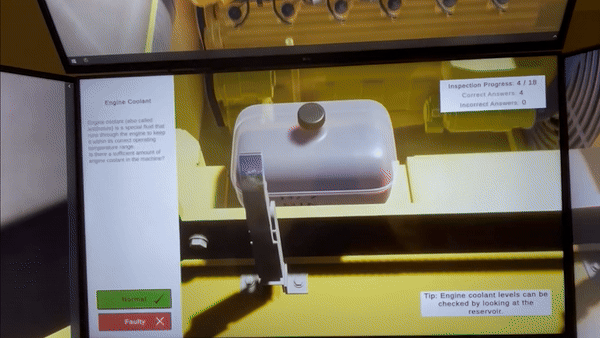Vortex Simulator an “Incredible” Addition to IUOE Local 14’s State-of-the-art Training Center
Success Story Summary
Profile
International Union of Operating Engineers (IUOE) Local 14 is responsible for all crane operations in New York City. Along with cranes, the local also runs heavy equipment ranging from excavators and drill rigs, to boom trucks and fork lifts.
The mission of Local 14’s Training Center is to keep its operating engineers ranked as the greatest skilled trade in the New York City construction industry.
The Center is a recipient of the prestigious Construction Safety Excellence Award in Technology from the New York City
Building Trades. It boasts state-of the-art equipment and technology, NCCCO-certified training and testing for lattice booms, telescopic booms, boom trucks, articulated boom trucks, tower cranes, and pile drivers, and OSHA-approved classes in forklift training, signalman training, rigging, and tower crane rigging.
Seeking Innovation
Local 14 is always on the lookout for new and innovative training tools, whether it be a new hi-tech rotating telehandler, spider crane, or excavator, or smart display technology in the classrooms.
However, it wasn’t until Tom Gordon, the Local’s CoDirector of Journey Person and Apprenticeship Training, sat in a Vortex simulator from CM Labs Simulations at a Kentucky trade show that Local 14 considered adding a new simulator to the Training Center.
“I was never a big simulator guy,” says Gordon. “It just wasn’t something I thought was that valuable. But once I got on the Vortex simulator, I realized what a great tool it could be for us here.”
Justifying the Cost
Organizations that use Vortex simulators enjoy a number of training benefits, ranging from cost savings, to training flexibility, to safety. “It’s definitely safer,” says Gordon. “With the Vortex simulator you can create situations for trainees that you couldn’t possibly create in the real equipment. And we’ve noticed that when they do get in the real equipment, it’s making a big difference. They’re more confident because they know what to expect.’’
“The realism of Vortex simulators was a major factor in our purchase decision,” says John Wright, OETIO’s Manager of Innovative Training Solutions.
“We have found that training on these simulators leads to higher skilled operators, reduced training times, and increased safety.”
The Training Center’s Vortex simulator also links to a separate Vortex signalman station, which Gordon says provides the opportunity to double up on training hours by training multiple operators at once.
“When you consider that you’re now doubling up on the training hours,” Gordon notes, “plus how much you’re saving on training time when they get out in the field, and how much you’re saving on fuel, with how much you’re saving in potential damage and safety incidents, I think you can make a pretty good case for buying one of these simulators.”
In addition to its use as a training tool for new operators, the Vortex simulator is also proving valuable for more experienced operators. “Guys will come up and get on the Vortex simulator just to get familiarized with setting steel, or driving piles,” Gordon says, “or maybe to practice with a different machine than they’re used to … they use the simulator so they can make sure their skills are sharp on the job site.”
“It’s such a great and efficient tool to train operators safely,” Gordon concludes, “but also it’s a great promotional thing for us as a school and a local union to show how we are improving crane safety and training in the industry.”
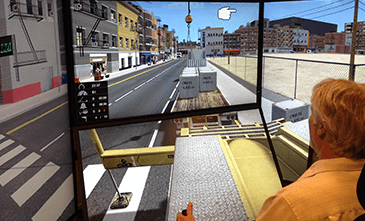
Results
IUOE 14’s Training Center is now using the Vortex simulator, including Vortex crawler crane and rough terrain crane training modules , as part of a structured training program that requires a minimum of 24 hours on the simulator, once trainees have completed 40 hours of classroom training.
Over a the most recent six-month period, trainees logged over 750 hours of simulator time in total. The Vortex simulator has proven to be an effective training tool, but it is also attracting publicity as an innovative training technology that translates into better prepared trainees. Since its installation, it has drawn attention from trade magazines as well as media organizations ranging from local television news networks to the Wall Street Journal.

